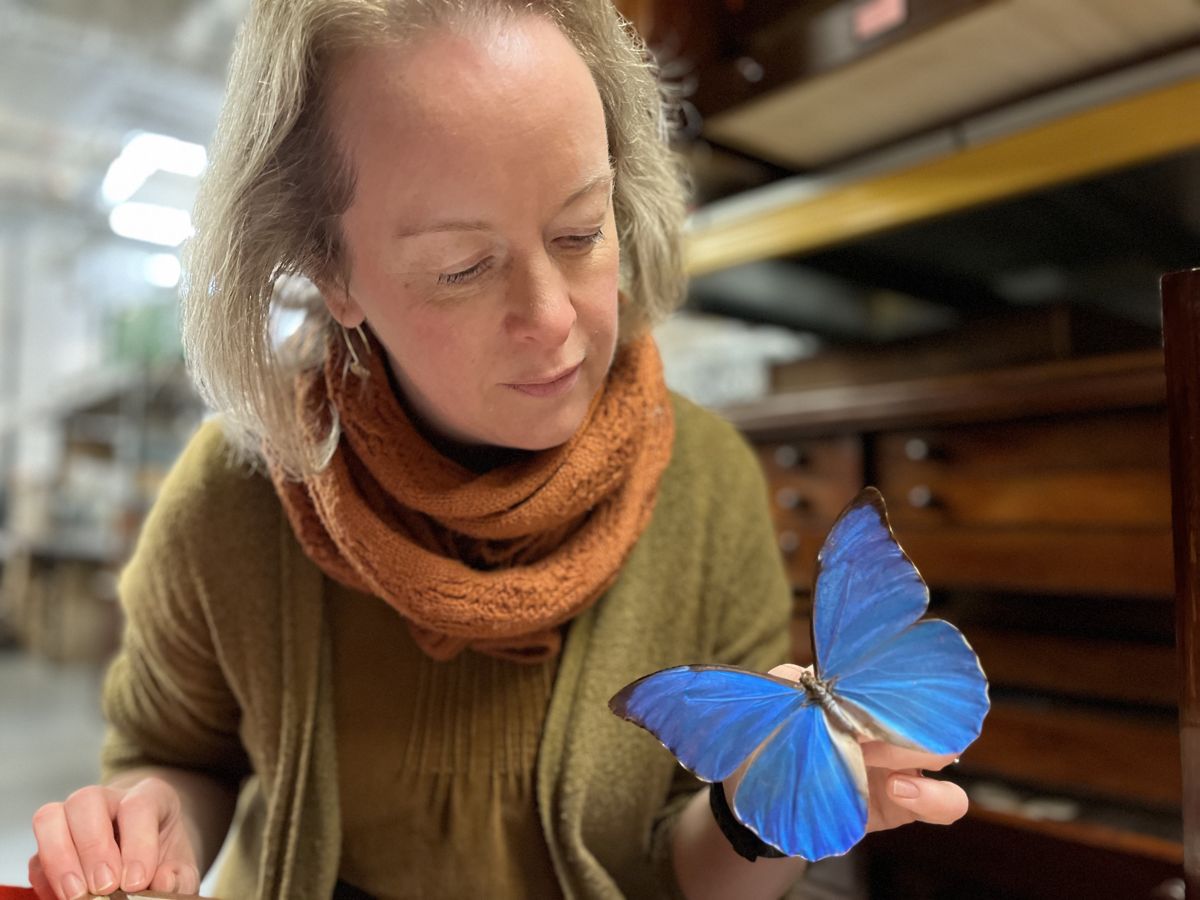Leeds Museums and Galleries are a vibrant economic force, generating an impressive £41.7 million for the local economy from nearly one million visitors each year, including thousands of school children. With a return of £8 for every £1 invested, these cultural institutions not only enhance education and creativity but also play a crucial role in job creation and local commerce in Leeds.
What economic impact do Leeds Museums and Galleries have on the local economy?
Leeds Museums and Galleries contribute a remarkable £41.7 million to the local economy, with a return of £8 for every £1 invested. Attracting nearly a million visitors, including school pupils and children, they not only enhance cultural education but also significantly boost commerce and job creation in Leeds.
Museums and Galleries: A Fiscal Powerhouse
Leeds’ museum and gallery scene is more than an enclave of culture and history—it’s a formidable economic force. In the latest report from Leeds Museums and Galleries, we find a stunning £41.7 million contribution to the local economy. This figure is a testament to their gravitational pull, attracting close to a million visitors over the past financial year. This influx of interest doesn’t just enrich minds; it also bolsters the city’s financial health.
The impressive visitor numbers, including 47,000 school pupils and over 109,000 children engaging with activities, are a clear indicator of the service’s broad appeal. These institutions serve as custodians of an extensive collection, with 1.3 million objects that chart a course through human endeavor and creativity. The importance of these sites extends beyond their walls—they foster education and inspiration among the youth of Leeds, ensuring a legacy of learning.
In a digital age, these institutions have not lagged. A whopping 3.9 million page views on their website indicate a thriving online presence, critical in expanding educational outreach and audience engagement. This digital strategy has not only increased accessibility but also played a role in securing a substantial £2.36 million in external funding through grant applications, further supporting their mission and expanding their reach.
Arts and Culture: Enriching Lives and Livelihoods
Culture in Leeds is more than an indulgence; it is an engine of prosperity. Operating eight distinct sites—Leeds Art Gallery, Leeds City Museum, Temple Newsam House, and others—Leeds Museums and Galleries achieves an economic alchemy, turning the city council’s annual £5 million investment into £41.7 million of local economic activity. That’s approximately £8 generated for every £1 invested, a rate of return that would make any investor sit up and take notice.
This financial boon comes with a minimal cost to the individual resident—a mere £4.88 per person annually. These numbers underscore the value proposition of investing in cultural institutions. They’re not just venues for art; they’re catalysts for commerce and community enrichment. By drawing visitors who spend on local goods and services, the museums and galleries have become cornerstones of the city’s economic structure.
Councillor Salma Arif, responsible for culture within Leeds City Council, encapsulates this sentiment, “Our museums and galleries give hundreds of thousands of visitors an unforgettable experience and help raise the profile of our city as a cultural destination.” But the impact doesn’t end there. She highlights the “huge contribution” these institutions make to the economy, from job creation to educational opportunities, all while enriching the wellbeing of residents through volunteering and community activities.
Economy and Wellbeing: A Symbiotic Relationship
In a year of uncertainties and economic challenges, the report offers a resounding message of resilience. The museums and galleries not only serve as custodians of heritage but also as stewards of prosperity. They have supported local jobs, contributed to a thriving service industry, and fostered an environment conducive to business growth. The city’s cultural heartbeat is inextricably linked to its economic pulse, each strengthening the other.
The array of popular exhibitions such as Living With Death at Leeds City Museum and Engineery at Leeds Industrial Museum provides a snapshot of the diverse offerings that resonate with a wide audience. These exhibitions, rich in cultural significance, also play a pivotal role in the city’s economic narrative, drawing in tourism and reinforcing Leeds’ standing as a center of learning and innovation.
The accolades conferred upon Leeds Museums and Galleries speak volumes about their caliber. With prestigious Museums + Heritage Awards under their belt, the institutions affirm their position as leading lights in the museum sector. Recognition at this level not only enhances the cultural stature of Leeds but also stimulates interest and investment in the city.
For further details on the enriching experiences offered by Leeds Museums and Galleries and to plan your visit, the official website awaits: Leeds Museums and Galleries | Days out and exhibitions.
The economic narrative woven by Leeds’ museums and galleries is one of unequivocal success. With every exhibit and educational program, they continue to prove that investing in culture yields not only a richer society but also a more robust economy. The figures speak for themselves, and as we look ahead, the potential for growth and development within Leeds’ cultural and economic landscape appears boundless.
- Leeds Museums and Galleries contribute £41.7 million to the local economy, attracting nearly one million visitors annually.
- The institutions provide an impressive return of £8 for every £1 invested, showcasing their economic impact.
- They engage a broad audience, with 47,000 school pupils and over 109,000 children participating in activities each year.
- The museums and galleries have a strong online presence, receiving 3.9 million page views and securing £2.36 million in external funding.
- With an annual investment of £5 million from the city council, they generate significant local economic activity while costing residents only £4.88 per person annually.
